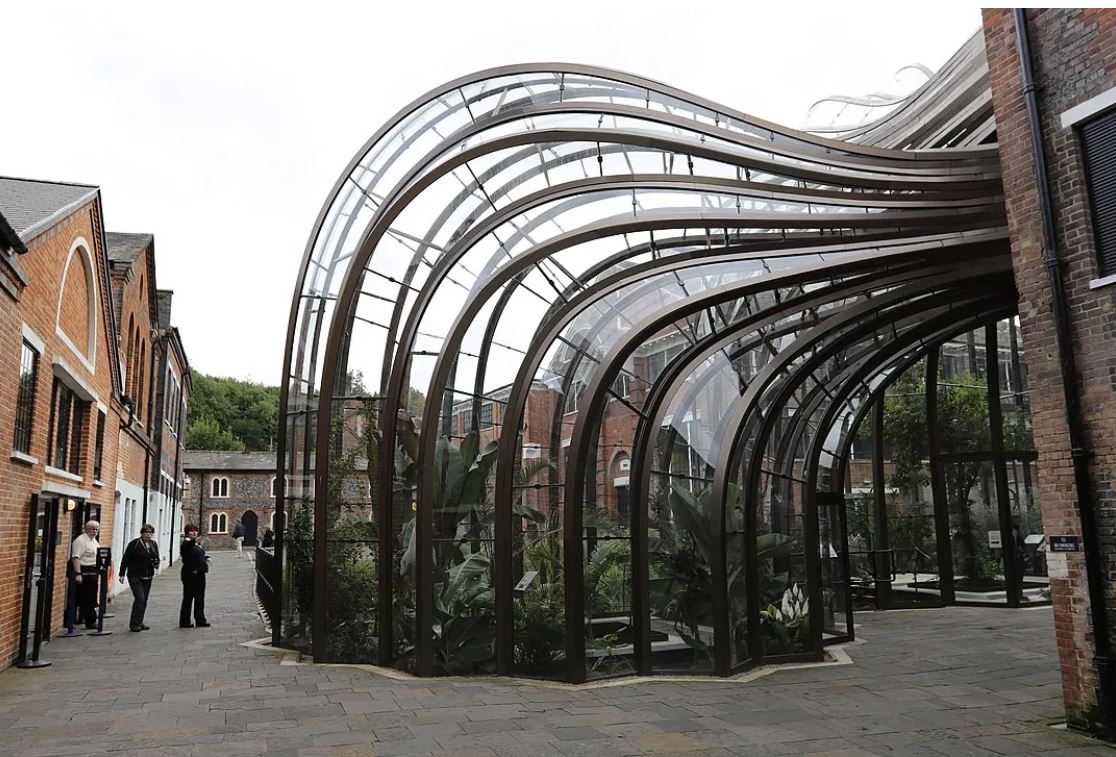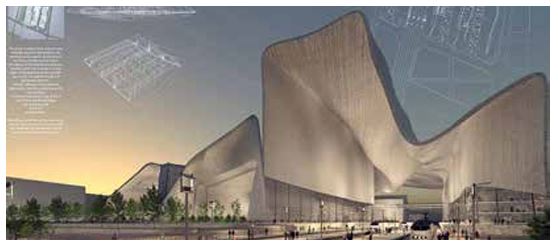We are proud to share with you that our second article has been released at elysium.press
Follow the link below if you want to read the full article:
https://elysium.press/posts/biophilia-integrating-nature-and-architecture-for-human-well-being
Brief summary below:
Biophilia, a term introduced by biologist Edward O. Wilson, describes the deep-seated human connection to nature. As an architect, I have seen how seamlessly blending natural elements into architectural designs can significantly enhance the well-being of individuals and communities.
Why Biophilia Matters in Architecture:Biophilic design is essential in today’s urbanized world, where people are increasingly disconnected from nature. Integrating elements like natural light, greenery, and soothing sounds into our spaces helps bridge this gap, promoting better mental and physical health.
Key Elements of Biophilic Design:
- Natural Light: Ample sunlight in spaces fosters a sense of well-being.
- Greenery: The calming effects of plants and the color green soothe both mind and body.
- Sound: Carefully chosen acoustics, whether natural or designed, are crucial for creating a harmonious environment.
The Benefits:
- Stress Reduction: Natural elements like plants and water can lower stress levels and reduce cortisol, the stress hormone.
- Mental Health: Nature-inspired spaces boost mood and alleviate anxiety and depression.
- Productivity: Workspaces rich in natural light and greenery foster creativity and productivity.
- Air Quality: Plants enhance indoor air quality by filtering pollutants and increasing oxygen levels.
Integrating Biophilia:At Natalia Giacomino Architects, we prioritize biophilia from the start, optimizing location and design to harness its benefits. Examples include:
- Natural Materials: Using wood, stone, and other organic materials to create a connection with nature.
- Lighting: Designing for maximum natural light improves indoor environments.
- Plants and Vertical Gardens: Green spaces like vertical gardens not only look beautiful but also enhance air quality.
- Water Features: Fountains and water elements add a refreshing touch to spaces.
- Natural Views: Designing spaces with views of greenery enhances occupants’ psychological well-being.
Pros and Cons:
- Pros: Biophilic design enhances mental and physical health, promotes sustainability, and can increase property value.
- Cons: The initial costs and maintenance of natural elements can be higher, and space constraints in urban areas may limit large-scale biophilic integration.
Conclusion:Biophilia offers a powerful opportunity to reshape our built environments, focusing on both human well-being and sustainability. Despite some challenges, the benefits are substantial, making biophilic design a worthwhile investment in the future of our health and the planet.





.svg)





.jpeg)






.jpeg)





.jpeg)



.jpeg)






.jpg)






.jpeg)





